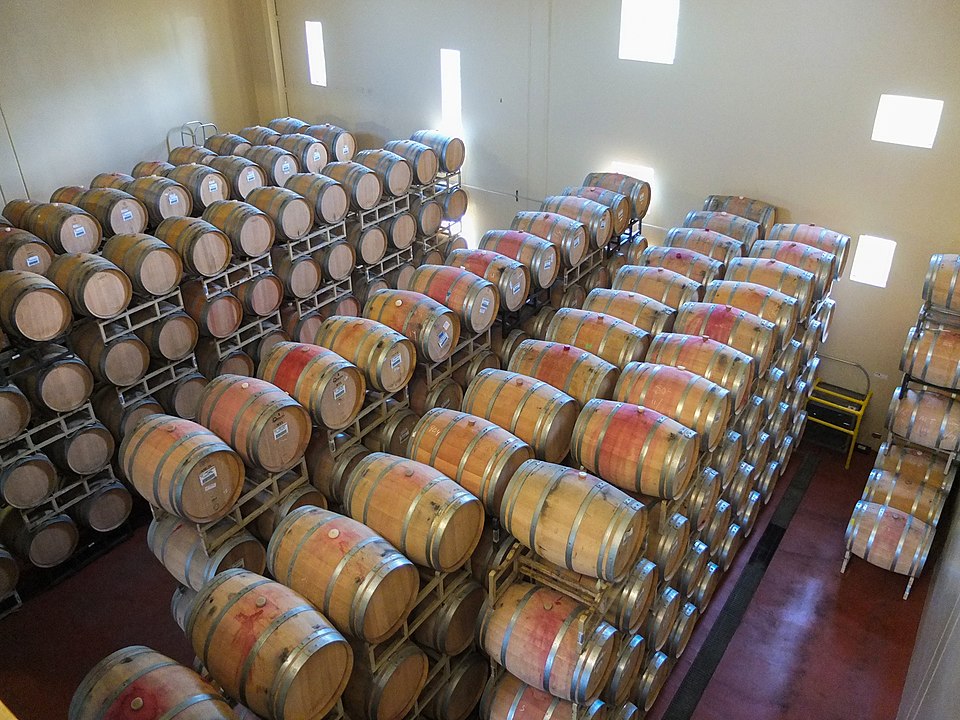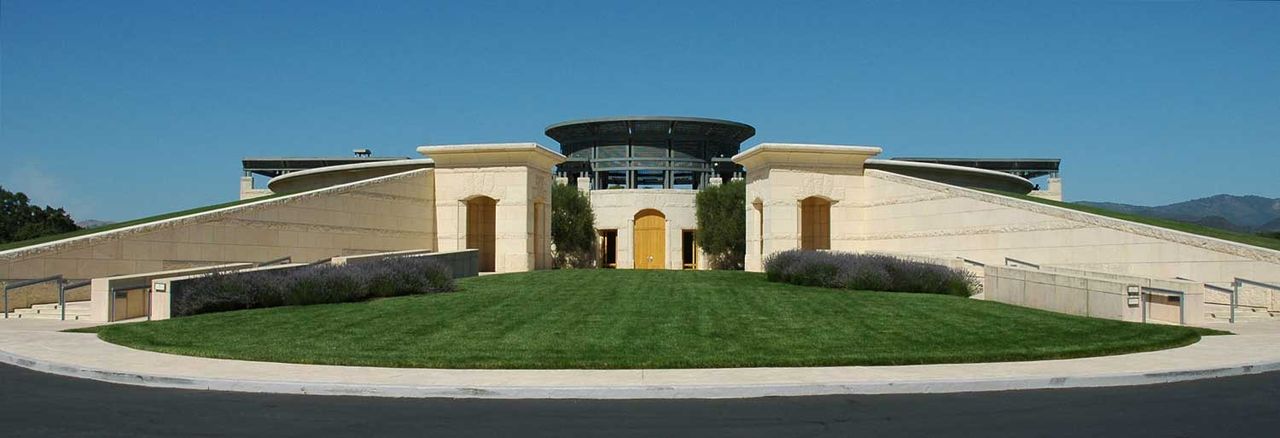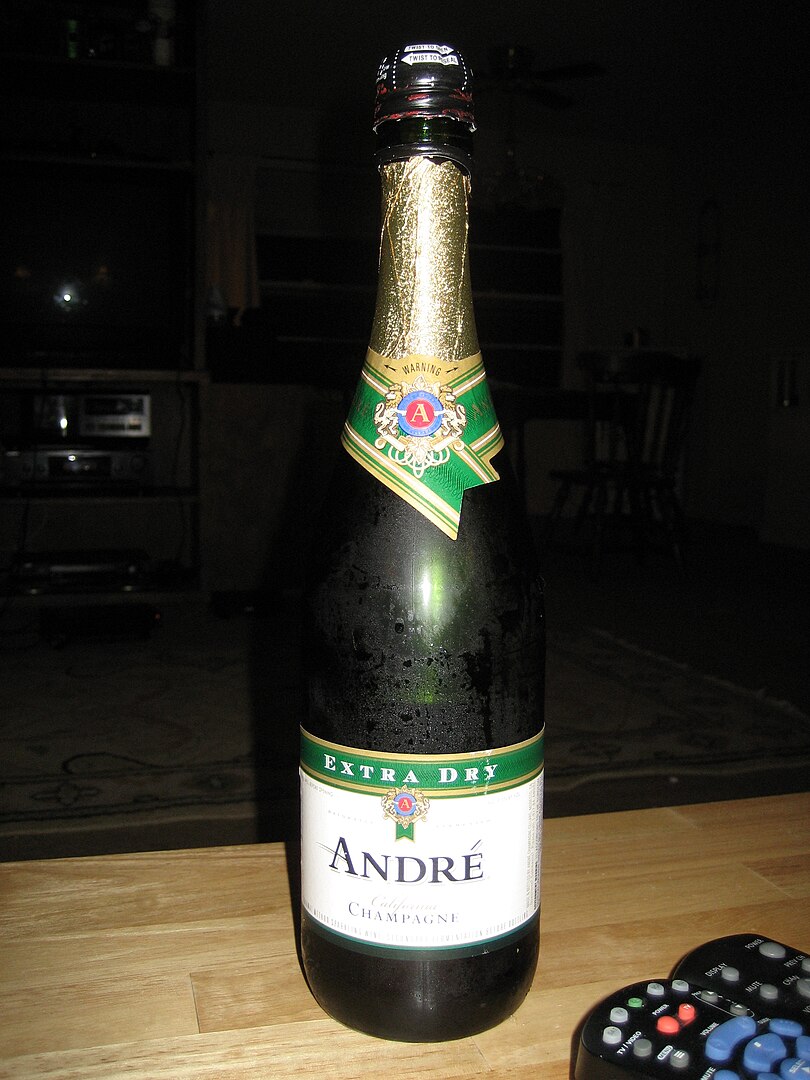History of American Wine
Wine has been produced in the United States since the 15th century, with the first large-scale production beginning in 1628 in New Mexico. The first wine produced in the United States was made from Scuppernong grapes by French Huguenot settlers in a settlement near Jacksonville, Florida, between 1562 and 1564. European immigrants, especially the Spaniards, and French, brought grapes and viticultural techniques to America in the 16th and 17th centuries. Spanish missionaries planted vineyards in what is now New Mexico and California, and French Huguenots planted vineyards in what is now Florida and South Carolina.
In the ensuing century, the American Revolutionary War and the subsequent War of 1812 disrupted trade between the American colonies and Europe, leading to an increased demand for domestic wine.
All American states now produce wine, with California producing 84 percent of all US wine. Several indigenous grape varieties inhabit the North American continent. The Gold Rush in California, which means the discovery of gold in 1848, sparked ferocious gold miners in the state the following year. Promising prospectors in the mid-1800s brought many settlers, including European immigrants, to California. These immigrants, particularly from Italy and Germany, brought their winemaking traditions and expertise, establishing vineyards in regions like Napa Valley and Sonoma County.
The first winery successful for commercial use in the United States was founded by Nicholas Longworth in Cincinnati, Ohio, in the mid-1830s. He made sparkling wine from Catawba grapes. According to travel writer Frederick Law Olmsted, 1855, Ohio had 1,500 acres of vineyards, more than Missouri and Illinois.
In the late 19th century, vineyards across the United States, including California, were devastated by an infestation of the phylloxera aphid, a pest that affects vines. The recovery from this crisis was slow, and just as the industry began to recover, Prohibition (1920-1933) banned the production, sale, and transportation of alcoholic beverages, including wine. Many vineyards were uprooted, and viticulture stopped.
After the lifting of Prohibition, the American wine industry gradually recovered. But it was in the 1960s and 1970s that American wine gained international recognition. Known as the “Judgment of Paris,” blind tastings of Californian wines outperforming famous French wines shook the wine world and established California as a high-quality wine region.
During the Great Depression, consumers craved cheaper “jug wines” (dago red) and sweeter, fortified wines (higher alcohol content). Before Prohibition, dry table wines outnumbered sweet wines by 3 to 1, but the demand rate changed dramatically after Prohibition. As a result, by 1935, sweet wines accounted for 81% of California’s production. For decades, wine production was low and limited.
In the late 20th century, American wine production expanded beyond California, with other states such as Oregon, Washington, New York, and Virginia emerging as notable wine regions. These regions began producing high-quality wines, especially Pinot Noir and Riesling in Oregon and Washington.
Wine Distribution in the US
Wine distribution in the United States is a complex and highly regulated process involving multiple entities and distribution layers. After Prohibition was repealed, the US federal government allowed each state to control its alcohol production and sale. This has created a three-tier distribution system between manufacturers, wholesalers, and consumers in most states.
Distributors or wholesalers act as intermediaries between wineries and retailers/restaurants. They purchase wine directly from wineries and then distribute it to retail stores, restaurants, and other licensed establishments. Distributors typically have exclusive distribution rights for specific geographic areas.
Some state-by-state exceptions allow wineries to sell directly to consumers at the winery or to ship wine across states. Some states enable interstate sales via e-commerce. At the same time, some retailers serve as businesses that sell wine directly to consumers. They can include wine shops, liquor stores, supermarkets, online retailers, and specialty stores. Retailers purchase wine from distributors and sell it to the general public.
It is important to note that the wine distribution system is subject to various federal, state, and local regulations. The three-tier system implemented in most states requires a clear separation between manufacturers, distributors, and retailers. This system aims to promote fair competition, prevent monopolies and ensure proper tax collection.
Largest Winery in the US
Based on September 2021 cutoff records, E. & J. Gallo Winery was the largest winery in the United States. Based in Modesto, California, Gallo is a family-owned business founded in 1933 and founded by Gallo family members Ernest Gallo and Julio Gallo, two brothers who played a significant role in shaping the modern wine industry in the United States. E. & J. Gallo Winery is the largest exporter of Californian wine producing over 3% of the world’s total annual supply of 35 billion bottles, with annual sales reaching US$ 5.3 billion.
Early Year of Foundation
In 1933, during the Prohibition era in the United States, Joseph Gallo, the father of Ernest and Julio Gallo, moved from Italy to California and founded a small winery in Modesto. Brothers Ernest and Julio joined their father’s company after Prohibition was repealed in 1933. They started making and selling jug wines, which were affordable and popular with consumers.
Distribution and Expansion
The Gallo brothers focused on expanding their business and invested heavily in marketing and production. They introduced innovative techniques in winemaking, such as using high-yield vineyard techniques and cold fermentation, which helped them produce large quantities of consistent and affordable wines. They also implemented aggressive marketing strategies, including extensive advertising and distribution networks, to reach a broader consumer base.
In the 1950s and 1960s, the Gallo brothers expanded their product range beyond jug wines. They introduced new brands, such as the fortified wine Thunderbird and André sparkling wine, to great success. These products have helped the winery enter new market segments and grow its business.
E. & J. Gallo Winery continued to innovate and play a leading role in the wine industry. In the 1960s, the company invested in research and development focused on viticulture and winemaking technology. They hired world-class oenologists and winemakers and established their research facility, the Gallo Glass Company, and Vineyard Management Company. These efforts have produced higher-quality wines and improved the reputation of Californian wines.
In the 1980s, E&J Gallo Winery began its international expansion. They formed joint ventures and acquired wineries in Europe, Australia, and South America to produce and market their wines worldwide. Through this expansion, the Gallo brand has become recognized and respected worldwide.
Today, E. & J. Gallo Winery is still family owned and run by the third generation of the Gallo family. The company is considered a leader in the wine industry, producing a wide range of wines from affordable to ultra-premium. Their wine products are sold in over 110 countries around the world.
Conclusion
The United States is now one of the world’s largest consumers of wine, producing wine in all 50 states. The American wine industry, characterized by its diversity of grape varietals, winemaking styles, and geographies, has become an exciting and vibrant part of the global wine industry.




